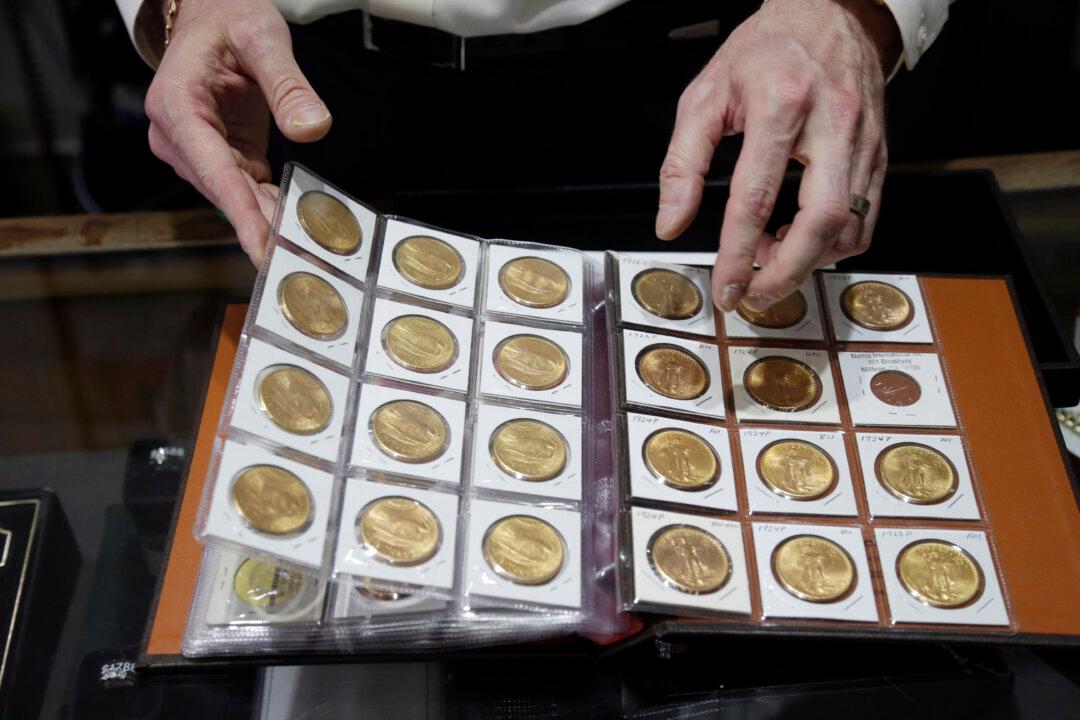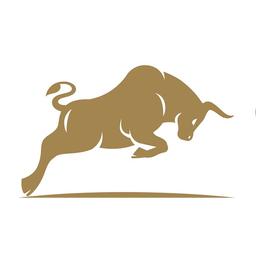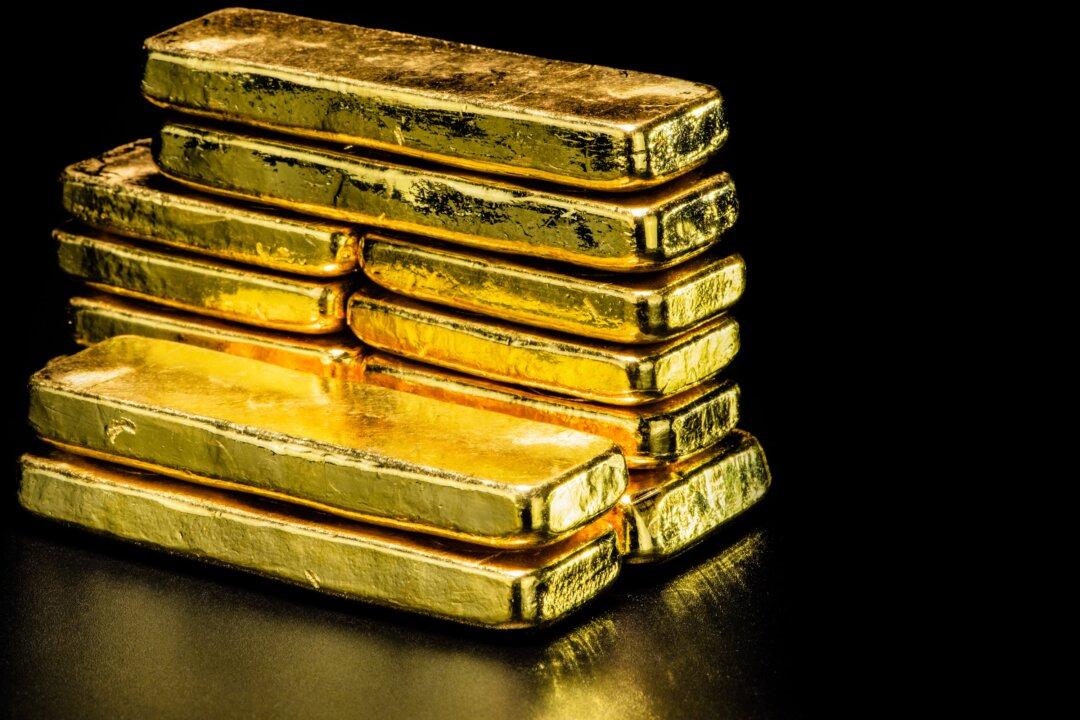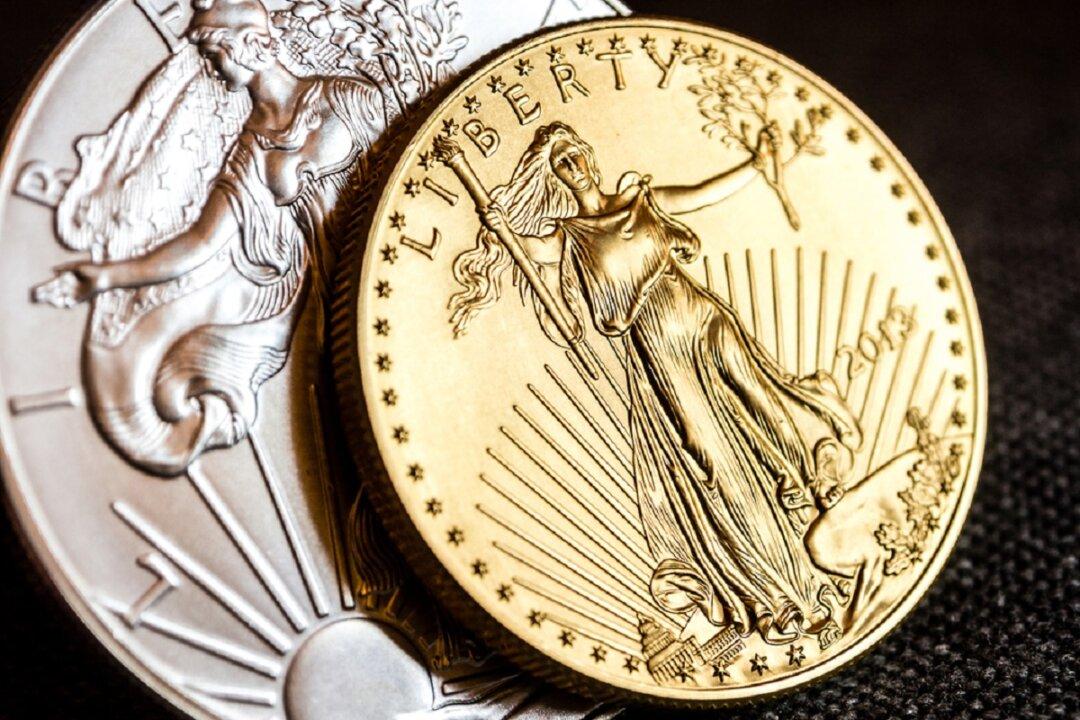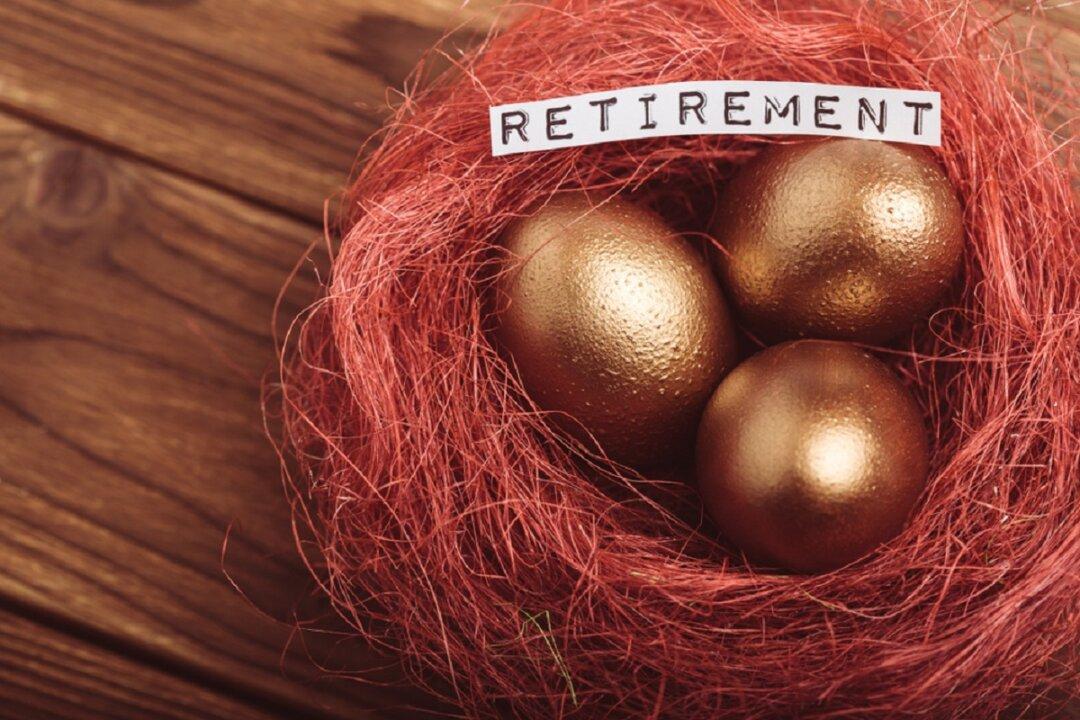Have you ever dreamt of finding a rare coin in your pocket or discovering a million-dollar coin at an estate sale or garage sale? The news stories of coins selling at auction for phenomenal sums have drawn attention to high-value coins. Many now wonder whether coins and other precious metals could be a sound investment in their future.
The Oxford Gold Group understands the allure and the intrinsic value of gold. Gold coins are valuable for a variety of reasons besides the value of the precious metal itself. Consider some of the most expensive coins in the world and how they accrued their value.
